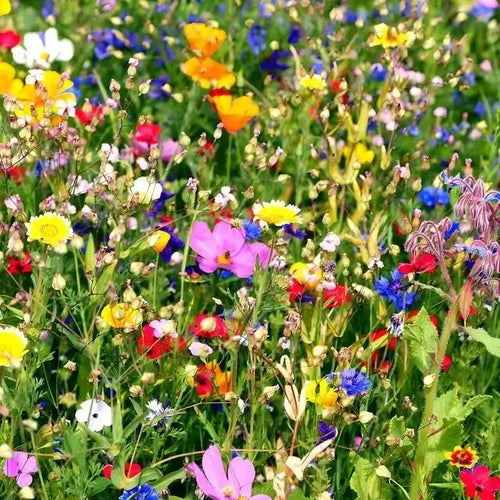Wild Hydrangea - Hydrangea Arborescens
A must-have for most gardens in zones 4-9, the hydrangea arborescent or "wild hydrangea" is a crowd-pleaser for people and beneficial insects. Known to draw in butterflies and other pollinators, this woody, a perennial shrub is a helpmate to neighboring plants.
The large, florist-quality blooms are stunning in cut flower arrangements and also dry beautifully for extended enjoyment. Blooms can be expected sometime in June and continue their display through August. Wild hydrangea flowers start with a greenish hue and then mature to beautiful white rounded bunches of tiny, four-petal blooms that sit on top of tall, silvery brown cane stems. Underneath the white mounds sit medium-sized dark green leaves, oval-shaped with serrated edged.
Grow your Hydrangeas today
Mature shrubs will reach about 3 to 6 feet tall and around 4 to 6 feet wide. The wild hydrangea plant blooms on new growth, which makes it perfect for areas with harsh winters. In early spring, stems should be pruned back to just above ground level to make room for the new growth. Any suckers that protrude out can be pruned off to keep the original plant shape, or they can be allowed to grow to fill in areas as desired.
Wild hydrangea flourishes in gardens with soil that is slightly acidic and moist with good drainage. A little mulch in the spring or after planting will help keep the moisture levels pleasant; while also helping with soil temperature and weed control.
Wild hydrangea love morning sun but do best with a bit of shade during the hottest parts of the day. During dry spells, the wild hydrangea will benefit from little extra water, but the overall care of the plant is minimal, making it an attractive choice. Wild Hydrangea is impressive for any home!



















































